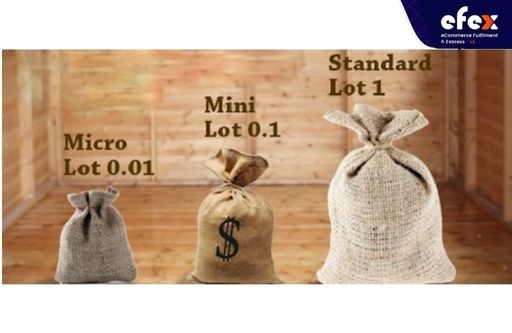
More Helpful Content
Most consumers today are aware that they prefer a specific and personalized design that is built particularly for them rather than a "one size fits all." Businesses and individual customers seek suppliers for customized services and branded packing, and they expect it to be provided in a timely manner.
Due to this, the lot-for-lot methodology is getting more and more popular among many production facilities. With the widespread of this method, we would like to provide you with some basic information about lot-for-lot. Let’s dive in!
Lot-for-lot, also known as DOQ (Discrete Order Quantity) is a strategy for lot sizing in which the volume of the order is determined by the net requirements that exist for every period.
👉 Read More: What Is Least Unit Cost And Example?

This approach is frequently utilized mostly for costly and irregular in-demand commodities. The quantity is the same in this instance as it would be if the fixed period requirements called for one period. Demand for products with a greater variety of options and higher levels of customization is not exclusive to just certain industries.
Although high-tech and fashion are clear examples, there is also potential in other industries like chemistry or fast-moving consumer goods. Ultimately, knowing the capabilities and advantages of the lot-for-lot will greatly help your manufacturing process.
Which type of Lot-sizing is the lot for lot? The different lot sizing techniques implemented across industrial companies can be categorized into static, periodic, or dynamic. Lot for lot is a sort of static lot-sizing which refers to setting a fixed order quantity or exactly the quantity required to meet anticipated demand.
Although static lot-sizing processes are simple to automate, they do not offer much flexibility because excessive demand variations may lead to expensive costs for holding inventory. The Lot for Lot method stands out as an outlier since it reduces inventory while producing astronomically high ordering costs.
👉 Read More: What is the planned order release? Formula and Example
Following are some advantages of using lot-for-lot production in your business:
Inventory decrease. Many firms are continuously trying to find solutions to the issue of inventory. Manufacturing plants are continually looking for ways to save holding costs inside their business because of the significant holding expenses connected with manufacturers.
Less inventory produced by reduced lot sizes eventually reduces the requirement for working capital, warehousing expenses, staffing costs, and other warehouse-related expenses.
Customer loyalty and satisfaction. For manufacturing facilities, customer loyalty is crucial. Customers will steer clear of you if you have a bad reputation. Because of this, it is imperative for your business to guarantee consumer pleasure. Quickly satisfying customer requests for customized items secure their return and keep you one step ahead of your competition.
Getting customers' attention. Another crucial element in making sure your business is successful is gaining some traction with consumers. You will become the preferred manufacturer if you respond quickly to demand shifts and show your customers that you are flexible and proactive. Additionally, expanding your product line can significantly help business chances flourish.
Due to consumer demands for a greater variety of products and quick delivery mixed with downward cost constraints, advanced planning, and scheduling (or APS) software is becoming essential for modern production operations.

An ERP/MRP software can be readily connected with APS to close any gaps in scheduling and planning accuracy and flexibility. Advanced Planning and Scheduling gives planners more agility while updating constantly changing priorities, manufacturing plans, and inventory plans while also saving time.
By utilizing the operational data you currently have in your ERP, Advanced Planning and Scheduling software will help your manufacturing processes reach a higher level of productivity improvement.
We consider the following variables for each example:
👉 Read More: What Is the Cost of Goods Sold (COGS)? Formula and Examples
👉 Read More: What Is Dead Stock In Inventory Management?
We must order the precise quantity that matches up to the net requirements in each period for the Lot for Lot process. In the easy example following, a two-week lead time prevents us from placing an order within the first two weeks. However, we presume that we had already made some purchases in advance to meet the demand.
We will plan the order in week 1 for the 3rd week of 120 units, which matches to the anticipated needs of this period since we plan to use 120 units in the third week.

👉 Read More: Order Management System: Definition, Process And Value
👉 Read More: Order Management System For Ecommerce: Definition, Key Effect, Benefit
Among so many lot-sizing procedures, lot-for-lot is one of the simplest methods that lower levels of flexibility lead to needlessly large inventory levels or an excessive number of orders. To determine the lot-for-lot sizing accurately, Advanced Planning and Scheduling software are essential for production operations that are looking to increase productivity and eventually improve their whole operation. Smaller manufacturers can keep a competitive edge while reducing expenses, increasing profitability, and reducing waste thanks to APS software.


